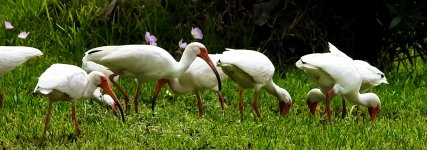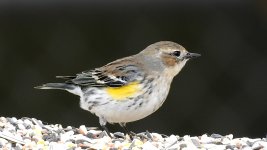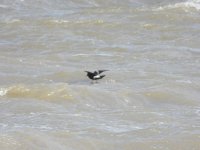I wish there was a general photography camera section, but since there isn't I am asking the question in one of my top picks for a camera.
Basically, I am looking for the golden unicorn. In this order....weather proof, quick focus, low light, zoom, megapixels, stabilization.
What do you think? Is this the right order? I live in west Michigan. Probably the only place cloudier than Seattle, except for the summer when we have bright conditions. I
Does this seem like a good priority list for features? If so, what would you recommend for a good camera for capturing bird photos? A couple of caveats: I'm never going to print and sell photos...I want to be able to ID birds using the camera and, maybe, add the pics to a website. It would be really nice to have a camera that can snap a shot that would save me from having to fill out the rare bird documentation form on a bird count. A picture is worth a thousand words and the like.
Also, we do have a lot of cloudy days and conifers. Quick birds in low light are possible. We also look for shorebirds on broad beaches, where long zoom will be helpful. Am I asking too much?
Due to rain, snow, cold, etc. of west Michigan, weather proofing would be nice, but could be mitigated by a camera condom/case that protects the camera.
Based on these wishes/wants, I'd love to hear what you have to recommend.
The Nikon P1000 sounds awesome with the zoom, but lack of weather proofing and the weight sound horrible. The Canon SX 70....ugh, maybe I'll just request that the forum provide info....I am a newbie at this. I apologize if this isn't your jam. Please skip if you don't want to help a new photographer.
Due to the lack of a general camera forum, I am going to copy and past this into the other camera forums. I apologize if this is annoying. I just don't know what other method to hit all of the camera models. I have no fave and what objective info.
Equipaje
Basically, I am looking for the golden unicorn. In this order....weather proof, quick focus, low light, zoom, megapixels, stabilization.
What do you think? Is this the right order? I live in west Michigan. Probably the only place cloudier than Seattle, except for the summer when we have bright conditions. I
Does this seem like a good priority list for features? If so, what would you recommend for a good camera for capturing bird photos? A couple of caveats: I'm never going to print and sell photos...I want to be able to ID birds using the camera and, maybe, add the pics to a website. It would be really nice to have a camera that can snap a shot that would save me from having to fill out the rare bird documentation form on a bird count. A picture is worth a thousand words and the like.
Also, we do have a lot of cloudy days and conifers. Quick birds in low light are possible. We also look for shorebirds on broad beaches, where long zoom will be helpful. Am I asking too much?
Due to rain, snow, cold, etc. of west Michigan, weather proofing would be nice, but could be mitigated by a camera condom/case that protects the camera.
Based on these wishes/wants, I'd love to hear what you have to recommend.
The Nikon P1000 sounds awesome with the zoom, but lack of weather proofing and the weight sound horrible. The Canon SX 70....ugh, maybe I'll just request that the forum provide info....I am a newbie at this. I apologize if this isn't your jam. Please skip if you don't want to help a new photographer.
Due to the lack of a general camera forum, I am going to copy and past this into the other camera forums. I apologize if this is annoying. I just don't know what other method to hit all of the camera models. I have no fave and what objective info.
Equipaje















